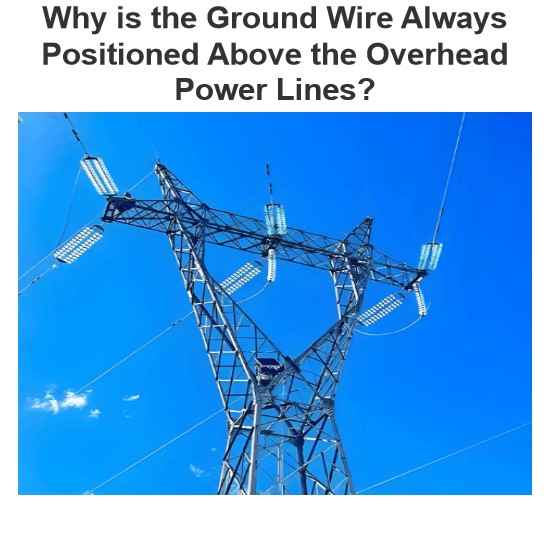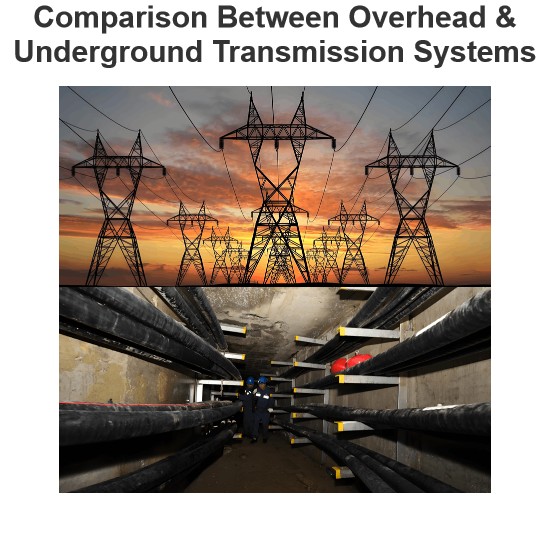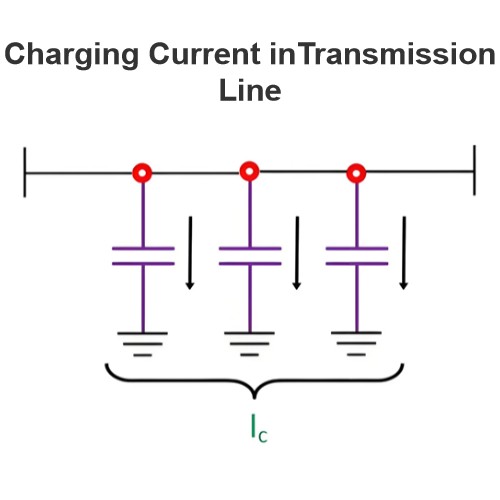Transposition of Conductors
Definition
Transposition refers to the physical rotation of conductors, where each conductor is systematically shifted to occupy the next position in a predefined sequence. This process plays a crucial role in electrical systems by equalizing the mutual inductance and capacitance between lines. When conductors are irregularly spaced, it results in complex inductance values, which in turn complicates the analysis and study of power systems. Transposition is predominantly carried out in switching stations and substations, and a typical transposition cycle is illustrated in the figure provided below.

The Necessity of Transposition
In an unsymmetrical electrical line, inductance can lead to voltage drops even when the source voltage is in a balanced state. Inducing voltages within the conductors generate a magnetic field, which in turn causes interference in the line. This interference can disrupt the normal operation of electrical systems and may even affect adjacent communication lines. Transposition of conductors offers an effective solution by continuously exchanging their positions. Through this process, the electrical properties of the line are made more uniform, thereby reducing the adverse effects of inductance - related issues.
Transposition Method
One common approach to transposing lines involves dividing each phase conductor into three equal segments and re - arranging them along the line. By doing so, the capacitance of the line is balanced, which in turn helps to equalize the voltage across the phases. This balanced configuration ensures more stable and efficient power transmission, minimizing voltage imbalances that could otherwise lead to power losses and equipment inefficiencies.
Disadvantages of Transposition
Despite its benefits, transposition comes with a significant drawback. Frequent changes to the conductor positions place additional stress on the supporting structures of the electrical lines. Over time, this stress can weaken these structures, requiring more robust and costly support systems. As a result, the overall cost of the electrical system increases, encompassing not only the initial investment in stronger infrastructure but also potential maintenance and replacement expenses down the line.
The Electricity Encyclopedia is dedicated to accelerating the dissemination and application of electricity knowledge and adding impetus to the development and innovation of the electricity industry.













